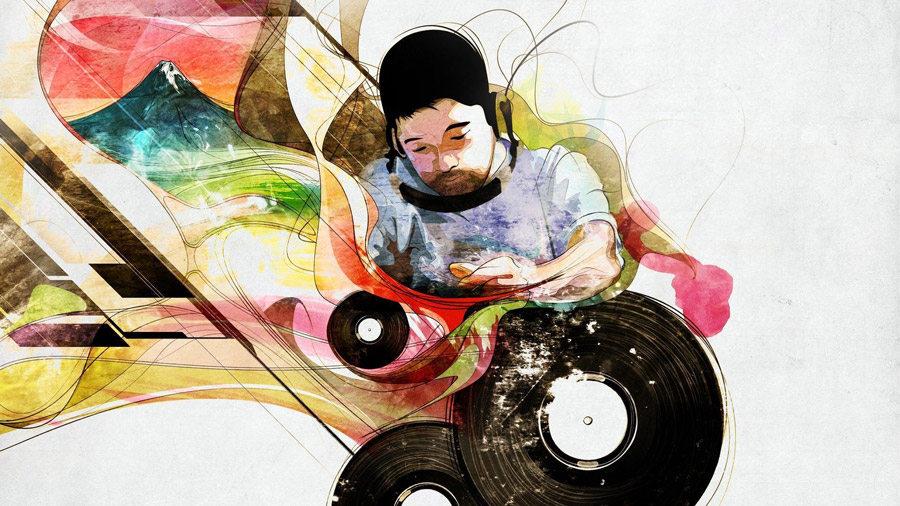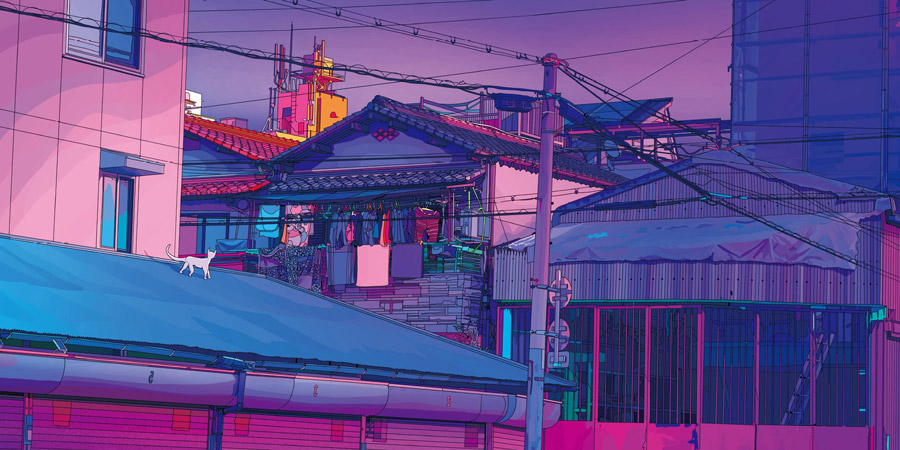What’s the first thing you think of when you hear “Japan”? Depending on one’s respective generation and where one resides in the world right now, the answers to that question could vary quite a bit. Oftentimes though, the face of cultural Japanese influence as it is represented globally today generally consists of well-loved elements such as anime films and shows, cuisine, manga, and cosplay. While these have garnered their lion’s share of popularity in the 21st century, the city pop genre of music — alternately known as J-Pop — has likewise been on the rise circa the last two to five years.
The music genre of J-Pop has been around in Japan as far back as the 1970s, but recent globalization and the upsurge of the internet have seen its transnational growth in reach. To put it simply, city pop is a music genre whose limits continue to be in a fluid and ever-evolving state, as it fuses together various other genres such as funk, soul, disco, fusion, boogie, and rock, while also showcasing elements of Japanese urban culture and consumerism in its overall aesthetic. All this being said, it goes without saying that city pop is a powerful tool for modern cultural confluence, both in Japan and internationally.
The City Pop Community
In fact, recent studies show that city pop’s striking similarities and overlap with the atmospheric qualities of other trending music genres such as lo-fi and vaporwave are large factors in people’s discovery of it thanks to the algorithms of social media sites such as YouTube, where most of the city pop streaming is done.
Other sites such as Reddit and Discord have also become major sociocultural touchpoints for enthusiasts, as they serve as free-flowing channels wherein they can openly and collectively exchange thoughts, opinions, and even memes.
For other members of the vast online community, however, it is more preferable to only consume and not produce content, or to “lurk”. Regardless of whether listeners prefer to “lurk” or participate, it is an undeniable fact that the community is largely kept alive by online platforms, with only a minute percentage of the community having attended and experienced an offline concert. Meanwhile, in the aspect of the technical demographics, most of the community belongs to the age group of 18-24 and identifies as male.
City Pop Differences Across Countries

It is no surprise that this music genre has transcended geographical borders to the extent that the majority of the city pop community originate from North America, followed by Asia. Interestingly enough, city pop enthusiasts that reside in countries foreign to Japan expressed that the appeal of the genre, to them, is largely rooted in its “Japanese-ness”, which is ironic when viewed relative to the fact that city pop first gained traction in Japan because it was originally marketed as a heavily Western-inspired genre. More than being ironic, perhaps this is also telling of the cyclic power that exoticism holds over the intricate processes of cultural exchange and modern consumerism.


This decades-long mingling and interweaving of musical cultures is also reflected in the wide variations of city pop artist preferences and of city pop perceptions in general across the globe. While there was a generally established backbone and common consensus among more than half of the survey group with regard to the most popular city pop artists worldwide (i.e. Tatsuro Yamashitā, Anri, Mariya Takeuchi, Toshiki Kadomatsu, Miki Matsubara), Japanese listeners would not have guessed that artist Anri would place a whopping 2nd in the survey, given that she experienced her peak in Japan way back during the 1980s.
On the flipside, there were also multiple artists that are considered quite relevant and influential in the local city pop scene of Japan today, but they did not receive any votes whatsoever in the same survey. In terms of perceptions of the city pop itself as a genre, the large majority of non-Japanese listeners appear to subconsciously associate it with the 1980s rather than its decade of origin, the 1970s. There are even a select few in the survey who indicated that they associate city pop with the 1990s, the 2010s, and/or the 2020s. Such are examples of how certain elements of an artistic medium such as a music genre can get somewhat lost in translation as it jumps from one part of the world to another and is enmeshed into societies with varying cultural planes.
In any case, this subconscious association of city pop music with decades and eras of old has also resulted in its evoking of certain emotions in its listeners. Most common among these evoked emotions, according to them, is a distinct sense of nostalgia, escapism, and comfort. The first two mentioned are interrelated. It is interesting to note that the nostalgia foreign listeners seem to feel has been described by them as a “fake” or “artificial” type of nostalgia related to retro Japanese society.
This is considering the fact that they did not experience that specific era of Japan themselves. And so, the feeling of “nostalgia” was not necessarily rooted in firsthand experience, but in a certain feeling of “missing out” on something. The Japanese atmosphere of the music had made them want to experience that time in history, and so the songs had served as a form of escapism for those who felt like they were “born in the wrong place/era”. Much like those who ideal past eras simply because they prefer the musical products then.

As for the latter mentioned emotion of comfort, for many fans of the genre, city pop has seemed to play some valuable role in their journeys of mental and emotional development. More specifically, many have expressed their appreciation for city pop as the music had helped them stay afloat throughout the turbulence of difficult times, such as depressive episodes and the recent pandemic quarantines.
All this being said, it seems an irrefutable fact that city pop, with its dynamically inculturated and varied components, internet-based popularity, and internationally diverse fanbase, is a trailblazer of the techno-orientalist footprint that Japanese culture continues to make in today’s generation. Future years will most likely continue to see an upward trend of its influence and its rich interactions with both local and global pop genres, given the facts that technology is only further advancing and that city pop fans are commonly enthusiasts of other popular Japanese art mediums as well such as anime and manga. Thus, the sheer popularity of the latter can be used as leverage for city pop to further expand and develop on top of its own potential, as it pushes the boundaries of music and becomes a stronger avenue for the human experience.
What about you? Did you identify with the city pop enthusiasts mentioned above, or do you have a whole other experience with city pop?
















































